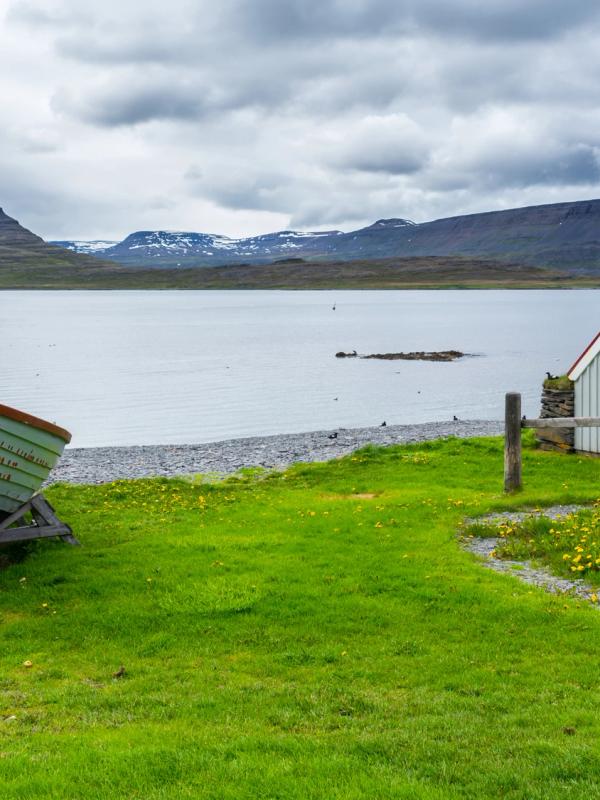
Guide to Vigur Island, Iceland: The Ultimate Bird Sanctuary of the Westfjords
In the remote Westfjords of Iceland, a tiny island sits in the Ísafjarðardjúp fjord. Vigur Island is small but offers incredible wildlife, fascinating history, and authentic Icelandic charm. If you're planning a trip to Iceland and want to avoid the Golden Circle crowds, this bird paradise is worth considering.
Key Takeaways
- Vigur Island is home to about 100,000 Atlantic puffins, 7,000 eider ducks, and one of Europe's largest Arctic tern colonies.
- The best time to visit is June to mid-August, when puffins are present (the island is closed May 28-June 13 for bird nesting)
- A 30-45 minute boat ride from Ísafjörður is the only way to reach the island.
- The island features Iceland's only surviving windmill and oldest seaworthy boat.
- Visitors can experience the traditional harvesting of eiderdown, a sustainable practice that dates back centuries.
- Tours typically last 3 hours, including the boat journey.
What's Vigur Island?
Vigur Island is the second-largest island in the Ísafjarðardjúp fjord, measuring only 2 km long and 400 meters wide. The island hosts many seabirds, particularly Atlantic puffins, Arctic terns, and eider ducks.
The island is privately owned and home to just three residents who run the farm, manage tourism, and continue the centuries-old tradition of eiderdown harvesting. Visiting Vigur gives you a look at traditional Icelandic life that most tourists miss.
What makes Vigur special is the symbiosis between humans and nature. The resident family has protected and worked with the bird populations for generations, fostering a sustainable relationship that benefits both.
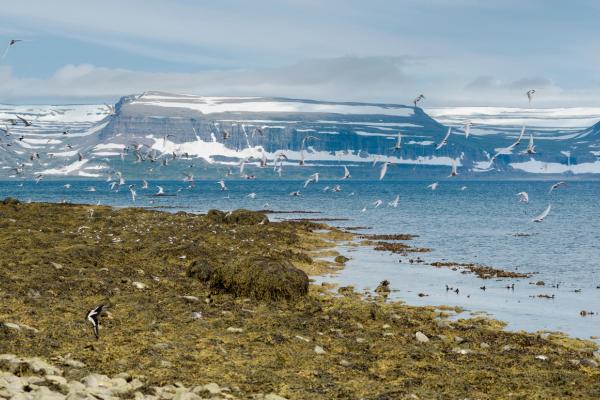
Formation, History, and Current Status
Vigur has a history dating back to at least 1194, when the island was first mentioned in records. Its shape was formed by ancient glacial activity, like much of Iceland's fjord landscape.
In the 17th century, the island was owned by Magnús Jónsson, a wealthy manuscript collector who was influential throughout the region. This marked the beginning of a long line of people who would farm the land and harvest eiderdown.
Today, Vigur is owned by British polar explorer Felicity Aston and her husband, who bought the island about eight years ago. They maintain the sustainable practices that have kept Vigur's ecosystem healthy for centuries.
The island's role as a bird sanctuary has grown more important over time. With about 100,000 breeding pairs of Atlantic puffins, 7,000 breeding eider ducks, and one of Europe's largest Arctic tern colonies, Vigur plays a key role in bird conservation.
Vigur is being considered as a UNESCO World Heritage Site candidate, which would help protect its delicate ecosystem even further.
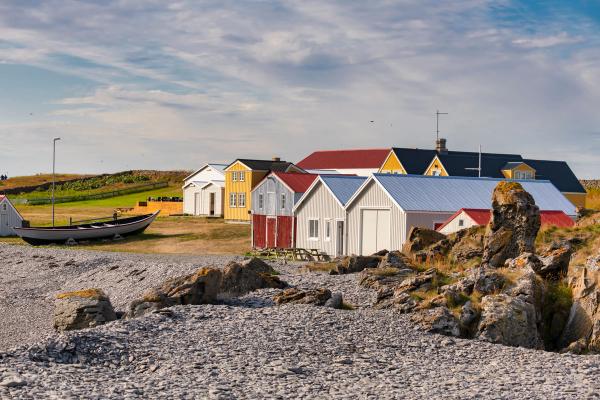
Location & How to Get There
Vigur Island is in the Westfjords, just south of the Arctic Circle. The nearest town is Ísafjörður, the largest settlement in the region, with a population of fewer than 3,000 people.
To reach Vigur, you need to take a boat from Ísafjörður harbor. The trip takes approximately 30-45 minutes and offers views of the surrounding fjords and the Drangar Peninsula. Here are your options.
- West Tours offers guided trips from May to September, which cost approximately $170 and last a total of 3 hours
- Cruise ships often include Vigur as an optional stop
- You can go by kayak or private yacht/boat, but you must ask for permission in advance
To get to Ísafjörður, you can:
- Fly from Reykjavík (45-minute flight)
- Drive from Reykjavík (about 5-6 hours; longer in winter)
The boat trip to Vigur is also part of the experience. Watch for harbor seals on rocks and seabirds diving for fish during the crossing.
Weather & Best Time to Visit
The weather in the Westfjords can change quickly, even during summer. The region is typically cooler than southern Iceland, with temperatures ranging from 5°C to 15°C (41°F to 59°F) during the summer.
The best time to visit Vigur Island is from June to mid-August because:
- Puffins are present and active (they leave by mid-August)
- Days are long, with almost 24 hours of daylight around the summer solstice
- Weather is milder, though still prepare for wind and rain
- Arctic terns are nesting (though they can be territorial)
If you visit in September, you'll miss the puffins but might enjoy a quieter experience with fewer tourists.
Always check the weather forecast before going and be ready for changing conditions. The boat crossing can be rough in bad weather, and tours may be canceled if conditions aren't safe.
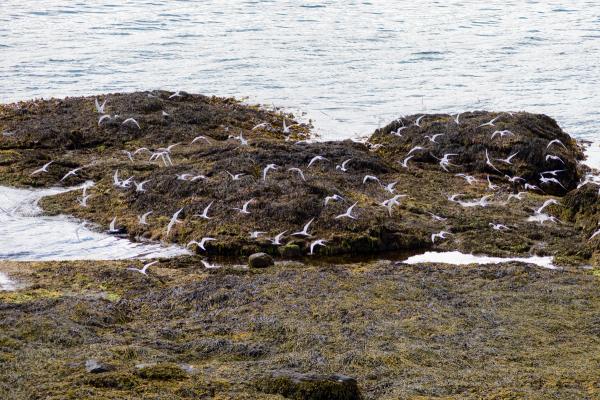
What to Bring
Packing properly for your Vigur Island visit will make the trip more enjoyable. Here's what to bring:
- Waterproof jacket and pants: The boat ride can be wet even on sunny days
- Warm layers: Weather changes quickly, and it's often cooler on the water
- Sturdy walking shoes: The ground is uneven in places
- Binoculars: For spotting birds from a safe distance
- Camera with zoom lens: For wildlife photos without getting too close
- Cash: For souvenirs and tips (card payments may not be available)
- Seasickness medication: If you get motion sickness
- Reusable water bottle: The island offers fresh spring water
- Sun protection: Sunscreen, hat, and sunglasses (the sun can be strong, even on cloudy days)
Don't bring:
- Drones (not allowed to protect wildlife)
- Dogs or other pets
- Disposable plastic bottles
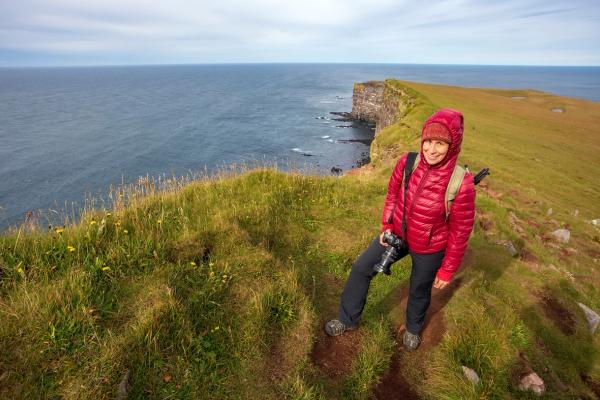
Things to Do on Vigur Island
Vigur offers plenty of things to do despite its tiny size
Birdwatching Paradise
Vigur Island is perfect for bird lovers. The main attraction is the Atlantic puffin, with its colorful beak and awkward gait. During the breeding season, about 100,000 puffin pairs make the island their home, digging burrows in the grassy areas.
Arctic terns are another highlight, but stay cautious. These protective birds will dive at people who get too close to their nests. Guides often give visitors sticks with flags to hold above their heads as protection.
The island also has about 1,000 black guillemots, forming one of the largest colonies in northern Europe. These birds with their bright red feet and black and white coloring can be seen diving for fish in the surrounding waters.
Eider ducks are perhaps the most economically essential birds on Vigur. Around 7,000 breeding pairs nest here, and their valuable down is collected by the island's residents without harming the birds.
For the best birdwatching, go in the morning when birds are most active, and follow your guide's directions to avoid disturbing nesting areas.
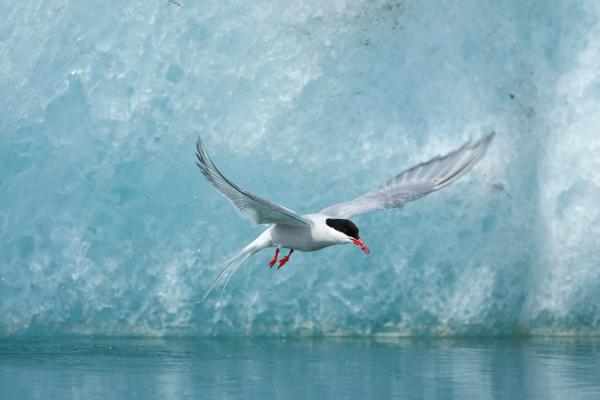
Historical Landmarks
Despite its small size, Vigur has several important historical sites:
- Viktoriuhús is a two-story wooden building from 1860 that's part of Iceland's Historical Buildings Collection. This well-preserved structure is an excellent example of historical Icelandic architecture and rural life.
- The island has Iceland's only surviving windmill, nearly 160 years old. This unique building shows the creativity of early Icelandic farmers who adapted to the challenging environment.
- Vigur Breiður is Iceland's oldest working sailing boat, an impressive piece of maritime history that demonstrates the skill of traditional Icelandic boat builders.
- The 19th-century cow house has been turned into a reception area where visitors can have refreshments while surrounded by history.
Each of these landmarks is preserved by the National Museum of Iceland, ensuring these cultural treasures remain for future generations.
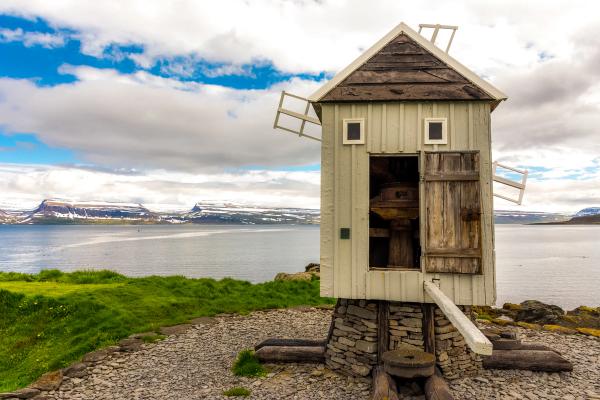
Eiderdown Farm Tour
One of the most interesting aspects of Vigur is the traditional eiderdown harvesting that has been done here for centuries. The resident family collects down that eider ducks use to line their nests, replacing it with hay to keep the eggs warm.
This practice shows sustainable harvesting: the birds are never harmed, and they return year after year to the same nesting areas where they feel safe. The relationship between the farmers and the eider ducks is based on trust and mutual benefit.
Eiderdown is one of the world's most valuable natural materials, valued for its excellent insulating properties and lightness. Iceland provides approximately 90% of the world's eiderdown, with Vigur being a significant contributor.
During your visit, you might learn about the time-consuming process of cleaning and processing the down, which requires skill and patience. Learning about this traditional Icelandic farming practice will connect you to centuries of island heritage.
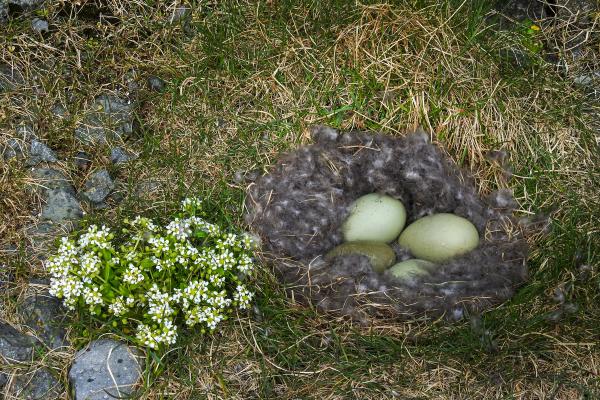
Visit Europe's Smallest Post Office
An interesting highlight of any visit to Vigur is stopping by what's said to be Europe's smallest post office. This tiny building is a working postal station where you can send postcards with a special Vigur Island postmark.
Sending a postcard from this remote location makes for a nice souvenir and unexpected surprise for friends and family back home. The post office also shows how isolated communities in Iceland stayed connected to the mainland and beyond.
Enjoy Homemade Treats
No visit to Vigur is complete without trying some traditional Icelandic refreshments. The island's residents serve homemade treats, such as "Happy Marriage Cake" (Hjónabandssæla), a rhubarb cake that's common in Icelandic home baking.
These refreshments are typically enjoyed in the converted cowhouse, providing a warm break after walking around the island. The rhubarb used in the cake is often grown right on the island.
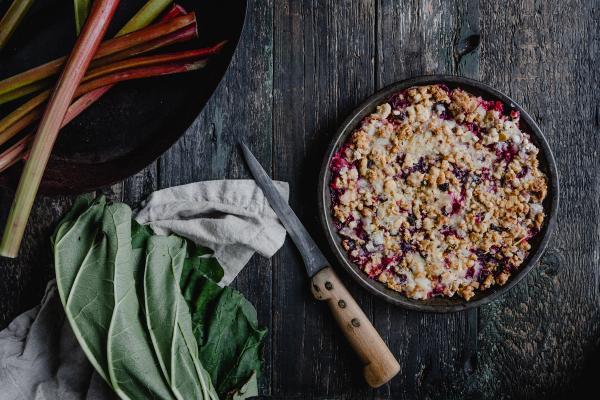
Photography Opportunities
Vigur Island is a great place to take amazing photos, from wildlife to landscapes. The contrast between the green island, the deep blue North Atlantic Ocean, and the colorful birds creates striking images.
Morning and evening light creates a special glow over the island, illuminating the birds and its historic buildings. The dramatic background of the surrounding mountains and fjords adds depth to landscape photos.
For the best wildlife photography, bring a telephoto lens (at least 200mm) and patience. Remember that giving animals their space will help you get more natural photos.
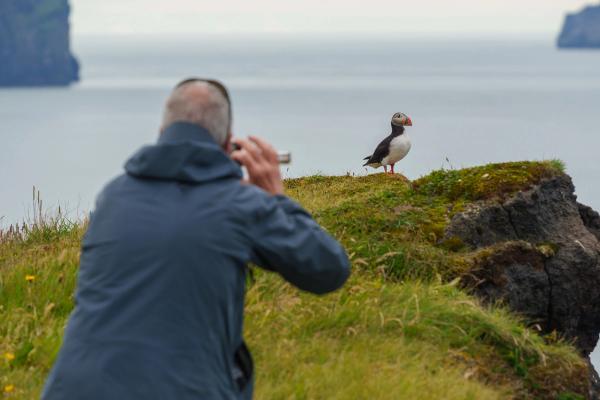
Why Visit Vigur Island
Vigur offers an authentic experience that's different from Iceland's more touristy spots. Here's why it deserves a place on your itinerary:
- Avoid crowds: While places like the Golden Circle are full of tourists, Vigur offers a quiet alternative where you can connect with nature.
- Support sustainable tourism: When you visit, your money helps protect nature through the Vestfirðir Tourism Association and supports the Westfjords area, which doesn't get many visitors.
- Experience living history: Unlike museum displays, Vigur is a working farm where traditional practices have continued for centuries.
- See remarkable wildlife: The number and variety of birds make this a must-visit location for nature lovers.
- Go beyond the usual spots: Visiting the Westfjords itself is an adventure that many travelers to Iceland often miss, offering unique stories and experiences.
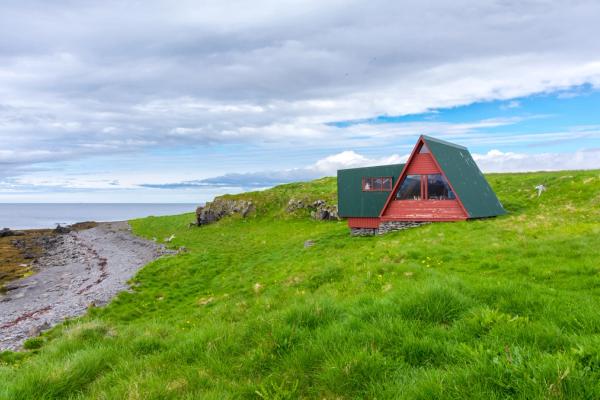
Staying the Night at Vigur
You can actually sleep on Vigur Island in a few different ways. The island has a small guesthouse with two double rooms that share a bathroom. The kitchen is in a modern section attached to the old house.
The two rooms are:
- The Lookout: A double room upstairs with nice views, but has a very steep staircase
- The Parlour: A ground-floor double room with easier access to the bathroom and kitchen
The guesthouse costs 170,000 ISK per night (about $1,200 USD) for the whole house, not just one room. This includes breakfast with homemade bread and jams, as well as afternoon tea that includes the island's "happy marriage cake."
If you stay overnight, you get:
- Free pickup from Súðavík harbor
- Full access to explore the island on your own
- A private tour with an island guide
- Freedom to watch birds early morning and evening when day visitors aren't around
For larger groups or a different experience, the island also offers "glamping" tents with real beds, electricity, and heating.
The best part about staying overnight is seeing the island during quiet times. You can walk around freely when the birds are most active and there are no other tourists present. This is ideal for photographers and birdwatchers.
If you're interested in the traditional eiderdown harvest, they offer special week-long stays in June where you can help collect down and learn traditional Icelandic cooking in the evenings.
All the money from overnight stays helps the Vigur Island Foundation protect the island. In 2026, they will also offer special stays to view the total solar eclipse, which will be visible from the island on August 12.

Conclusion
Vigur Island may be small, but it offers a big experience for travelers wanting to connect with Iceland's natural wonders and cultural heritage. From the thousands of seabirds that live on the island to the historic buildings that tell stories of resilience and creativity, Vigur captures the essence of Iceland beyond the typical tourist routes.

